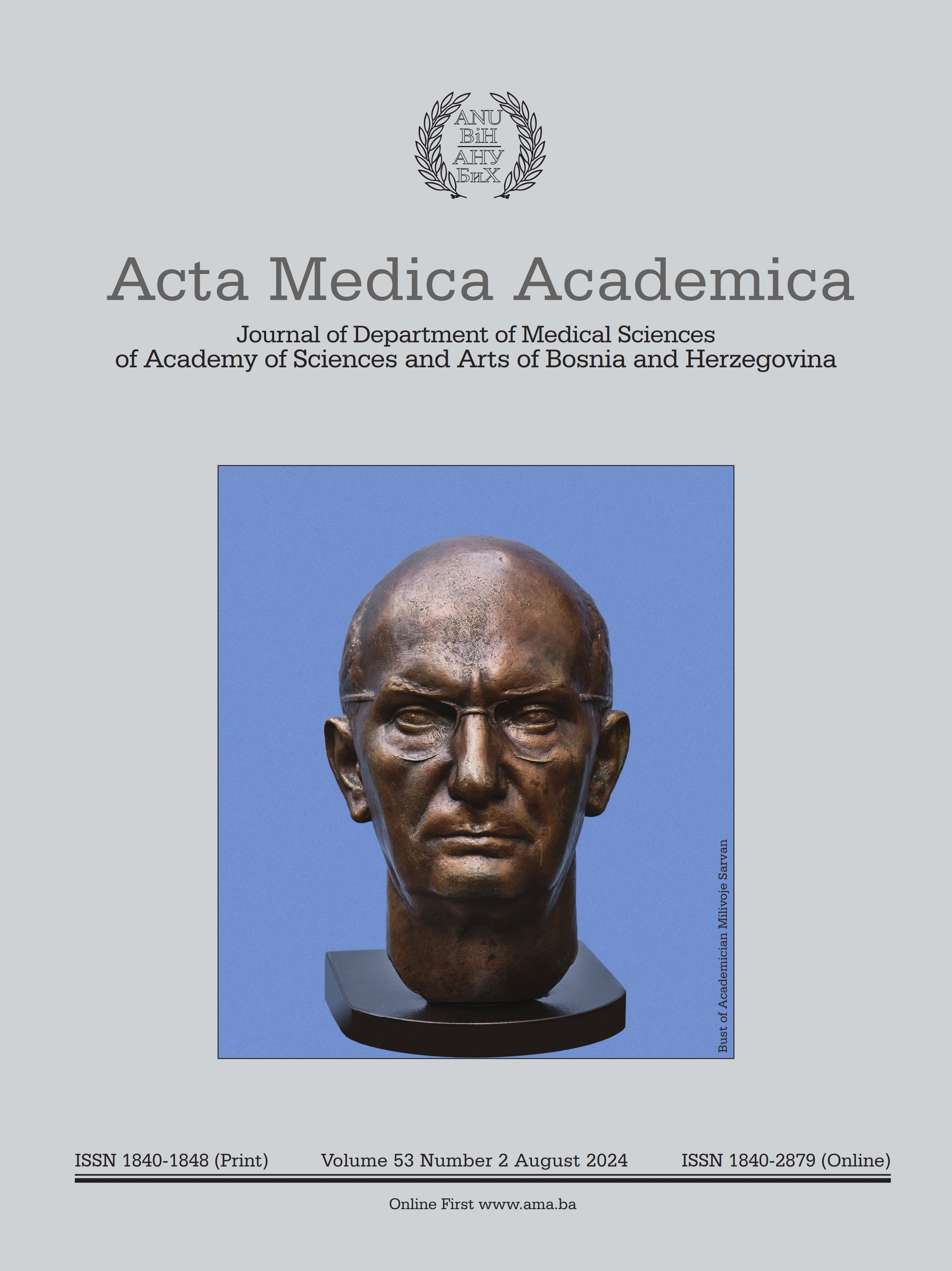Keystone Flap Type IV in Breast Reconstruction: A Case Report
DOI:
https://doi.org/10.5644/ama2006-124.434Keywords:
Breast Cancer, Skin Deficit, Perforator Flap, Mastectomy, LumpectomyAbstract
Objective. The objective of this paper is to present and document a specific case of breast reconstruction using an adapted Type IV Keystone Flap technique, with a droplet-shaped design with a reduced flap ratio, and to identify the qualities of this method.
Case Report. A 41-year-old woman, with a history of myocardial infarction and low ejection fraction, underwent a lumpec- tomy, resulting in a lower medial quadrant deficit in her left breast. After she developed skin and tissue necrosis and infec- tion, implementing the Type IV Keystone Flap effectively addressed the deficit, ensuring sufficient coverage. The flap extended dropwise beneath the deficit, progressing anteriorly towards the upper rectus abdominis, with a ratio of 2.5:1. The flap’s novel droplet shape allowed for the utilization of fewer perforators, while ensuring adequate blood supply and tissue coverage, leading to improved perfusion and aesthetic outcome.
Conclusion. The application of the adapted Type IV Keystone Flap highlights its capacity as a versatile and effective method for breast reconstruction post-lumpectomy. With the advantages of a short learning curve, easy execution, and acceptable risk profile, it offers a valuable alternative for patients who may not be suitable for more complex surgeries. Further research is recommended to confirm its broader applicability and to conduct a comparative analysis with other techniques.
Downloads
Published
Issue
Section
License
Copyright (c) 2023 Filippos Bekos, Nikos Pappas, Dimosthenis Chrysikos, Epaminondas Kostopoulos, Vasileios Karampelias, Dimitra Daskalopoulou, Theodore Troupis

This work is licensed under a Creative Commons Attribution-NonCommercial 4.0 International License.





